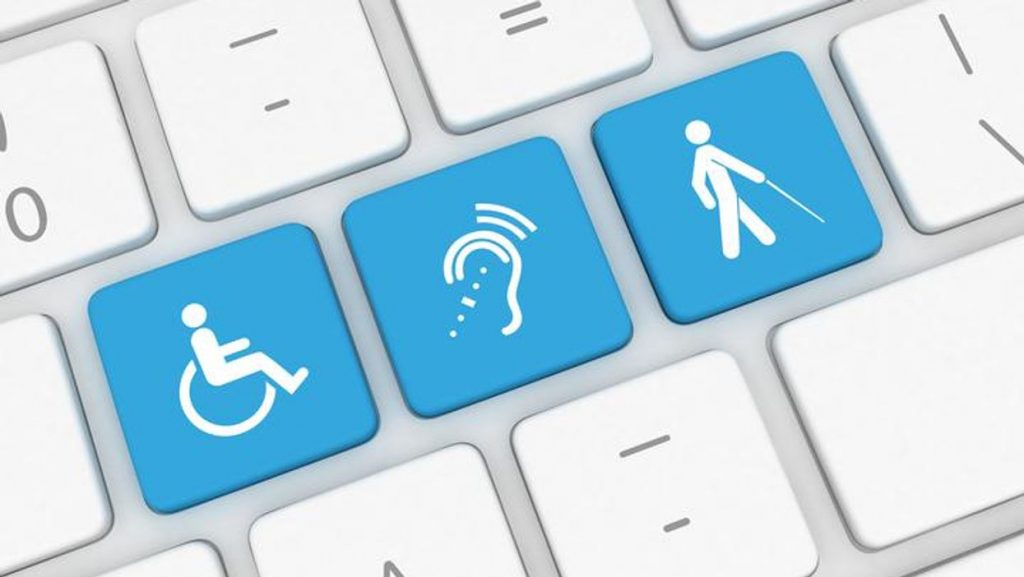Technology has made our lives easier in many ways. But how has it affected the lives of people with disabilities? The truth is, there are still plenty of bottlenecks for disabled people and the use of modern devices. This category of users interacting with computers, peripherals, and mobile devices is still a significant challenge.
If you are new to web accessibility, you should know that currently, there are laws stating that each website needs to be accessible so that people with disabilities can access and navigate through it. Disabled people use a variety of assistive technologies in that manner. Having an accessible website is one of the best ways to expand your reach and enjoy the following benefits.
Avoid Legal Complications
First, having an accessible website will help you avoid discrimination and reduce the risk of legal complications. As we mentioned above, laws now require websites to be accessible for people with disabilities – in 2020 alone, there have been more than 2,500 web accessibility lawsuits filed in federal courts by plaintiffs with disabilities. If your current website is not optimized in this manner, you should raise your awareness and act before you are subject to fines.
Improve Your Business Reputation
Having an accessible website is one of the best ways to improve your reputation and stand out from your competition. After all, expanding your target audience and ensuring everyone can access your website demonstrates tremendous social responsibility.

Rank Higher on Search Engines
You probably didn’t know this… Google likes accessible websites, and optimizing your online presence in this way gives you better SEO (search engine optimization) results. But, unfortunately, Google is a lot like a blind user – it can’t see the content of your images without you incorporating certain tags and optimizing other elements so that both disabled people and search engine crawlers can read them. That is why having a responsive website ensures full ADA compliance.
Improve Your Site’s Usability
Usability issues are present on many sites, and most web admins don’t know about them until someone reports on a specific issue. With web accessibility for your website, you will also improve usability – more specifically, detect and correct potential problems affecting all visitors. You will also make it easy for mobile visitors to access your website’s content. But, at the end of the day, the primary and most apparent benefit of web accessibility is ensuring website usability for everyone.
Reach a Wider Audience
From hearing disabilities to visual disabilities and cognitive disabilities, the U.S. Centers for Disease Control and Prevention (CDC) estimate that 1 in 4 adults within the United States lives with a particular form of disability. As a business owner, you should consider how significant this number is and what it can mean to offer your products or services to them online.

Improving your website accessibility makes good business sense. Even though it is impossible to design a website accessible to every person, there are plenty of universal modifications that can ensure that your content is accessible for most people with disabilities. Features such as transcripts, closed captions, image alt tags, mobile device support, and a clean overall design will benefit every user.
Interested in seeing how your website scores when it comes to web accessibility?
Give us a call today, and let us conduct a FREE audit – showing you what it would take to make your website accessible in no time.
For more information and details, visit this page.






